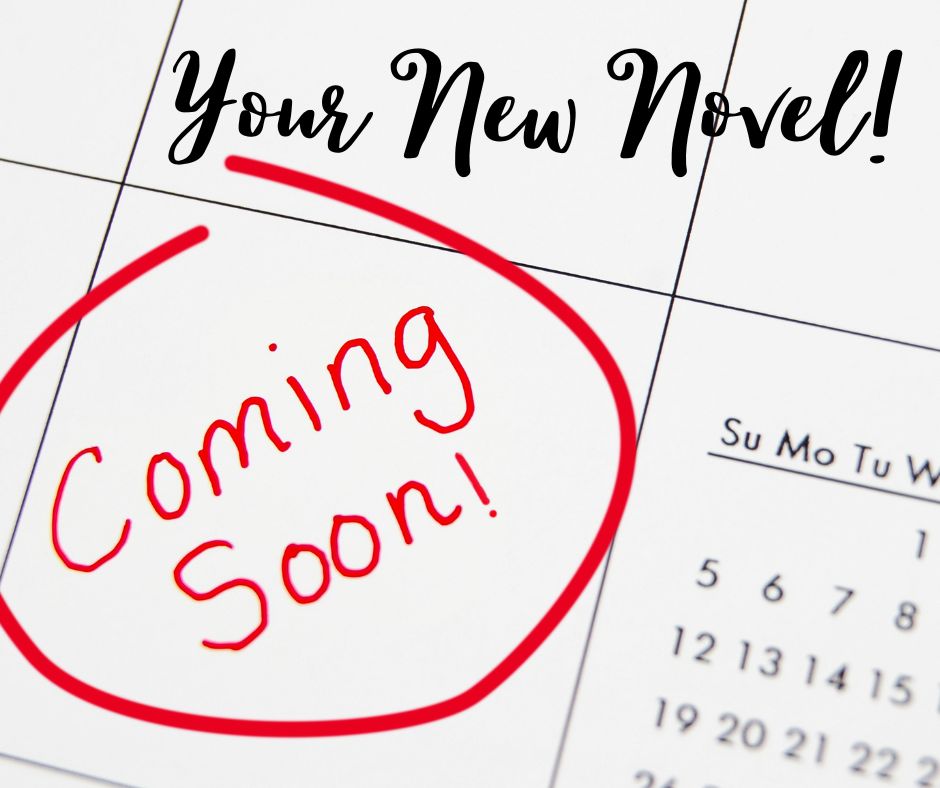|
Listen to or download this article:
|

“Dialogue is Action. Action is Dialogue. ” – Robert Dugoni, Amazon Bestselling Author
Make sure that yours sizzles!

Dialogue electrifies and ignites fiction. It brings characters and conflicts into focus, especially when characters argue, coerce, and threaten. Here are a few reminders about how to keep dialogue sizzling:
Skip the throat clearing, greetings, and pleasantries.
Don’t warm up; jump right in.
Ditch the names.
Write dialogue that creates consequences.
If there are no consequences, question why you’re including it.
Justify every repetition.
Dialogue Reveals Characterization
Dialogue reveals the inner person. Distinguish your characters from each other by nailing their primary personality traits and bearing before you sketch the scene. Distinguished, serious type? Witty? Argumentative? Shy? Eccentric? Commanding presence? Their word choices will reflect this.
Dialogue reveals the characters’ emotions, even when characters try to hide them. Know where they stand on the topic before, during and after the exchange. Some examples: defensive, guarded, nervous, furious, torn.

LOTR setting the relationship between Gandalf and Frodo.
Subtext
Speaking of topics up for discussion, don’t be afraid to allow the convo to shift directions or uncover hidden motives–the real reason they’re talking.
Dialogue works best if at least one character is uncomfortable, off-balance, guarded, or unsure.
Subtext is part of dialogue. A particularly powerful subtext trick is for a character to hedge, avoid answering, try to change the subject.
Typically dialogue is adversarial; it’s about characters vying for power, dominance, or control. Give at least one character an agenda.
If you’re not using dialogue to reveal the truth of relationships, you might want to analyze writers who do.
Dialogue zings when characters are saying no to each other.
Know the dynamic that exists between the characters.
Sometimes just nailing the essence or context of an exchange makes it easier to write. Ask yourself what lies beneath the scene. A refusal? Subterfuge? Prying or demanding answers? Explaining a situation? Asking for something that’s hard to ask for? Is this a power play?
As in real life sometimes characters interrupt.
Take Care with Beats
Take care with beats–the small inclusions of gestures, actions, reactions. Too many eye rolls, gazing off in the distance, gazing into each other’s eyes, fighting back tears and the like, can annoy the reader. You want readers to imagine many of these reactions.
Be Aware of the “White Room” Syndrome
Add small actions or activities for a natural flow–fixing dinner, washing dishes, walking, shopping, getting dressed. In my editing gig, I’ve seen too many characters sitting across from each other staring unblinkingly into each other’s eyes far too often. It’s not the way most of us talk most of the time.
Know When to Break “The Rules”
Don’t be afraid to include weird or inappropriate dialogue if it makes sense for the overall plot. Ron McLarty’s The Memory of Running is one of my favorite novels. It’s essentially the story of a family who is forced to cope with a daughter and sister’s mental illness–schizophrenia. It’s a sad, hilarious, and poignant story with one of the best character arcs around for Smithy Ide the protagonist. The absurdity of Smithy’s uncle’s comments and jokes help balance out the bleakness and unpredictability of Bethany’s illness. Uncle Count is the kind of guy who always has a dirty, racist, or offensive joke no matter the occasion and is clueless about how inappropriate he is, how unwelcome his jokes are. He usually starts with, “Have you heard the one about the two priests who walked into a bar?”
If you’re staging an argument it needs to escalate. Words need to land like blows. – Jessica Morrell
The BASICS
Avoid lengthy answers, exchanges to keep the pace perking along. The whole conversation can go on for several pages, but keep each of your characters’ back-and-forths to 3 sentences (or so) or under.
Keep tags simple. The she said, he said parts of fiction should appear invisible or natural.
Say no to chortles, rejoinders, retorts, and demands. Allow the dialogue to inform the reader about the speaker’s tone.
I’m going to be adding examples of effective dialogue here, so stop back.

In case you haven’t read this beautiful book, The Memory of Running. I cannot recommend it enough. And yes, I realize I’ve recommended it before.
Editor’s Note: The Memory of Running by Ron McLarty was first published as an Indie by the author because it was rejected repeatedly by agents and publishing houses. It went on to get picked up by Penguin and became a national bestseller.
 Writer’s Toolbox
Writer’s Toolbox
POTENT DIALOGUE TIPS by Jessica Morrell – a Chanticleer Writer’s Toolbox Series post

Jessica Page Morrell
Jessica Morrell is a top-tier developmental editor and a contributor to Writer’s Digest magazine, and she teaches Master Writing Craft Classes at the Chanticleer Authors Conference that is held annually along with teaching at Chanticleer writing workshops.
Jessica will teach a Writing Master Class and advanced writing craft sessions at CAC19.
Keep writing, Keep dreaming, Have heart. – Jessica

Jessica understands both sides of the editorial desk–as a highly-sought after content development editor and an author. Her work also appears in multiple anthologies and The Writer and Writer’s Digest magazines. She is known for explaining the hows and whys of what makes for excellent writing and for sharing very clear examples that examines the technical aspects of writing that emphases layering and subtext. Her books on writing craft are considered “a must have” for any serious writer’s toolkit. For links for her writing craft books, please click on here.
Chanticleer Reviews and OnWord Talks will interview Jessica for more of her writing tips and advice. Stay tuned! ~ Chanticleer (who hails from Chaucer’s Canterbury Tales).









Honing skills in writing great dialogue is a constant, evolving skill for any writer—thank you, Jessica for your great article. I’m keeping it close to hand, as a constant checklist.
Cheers
Sandy Hunter